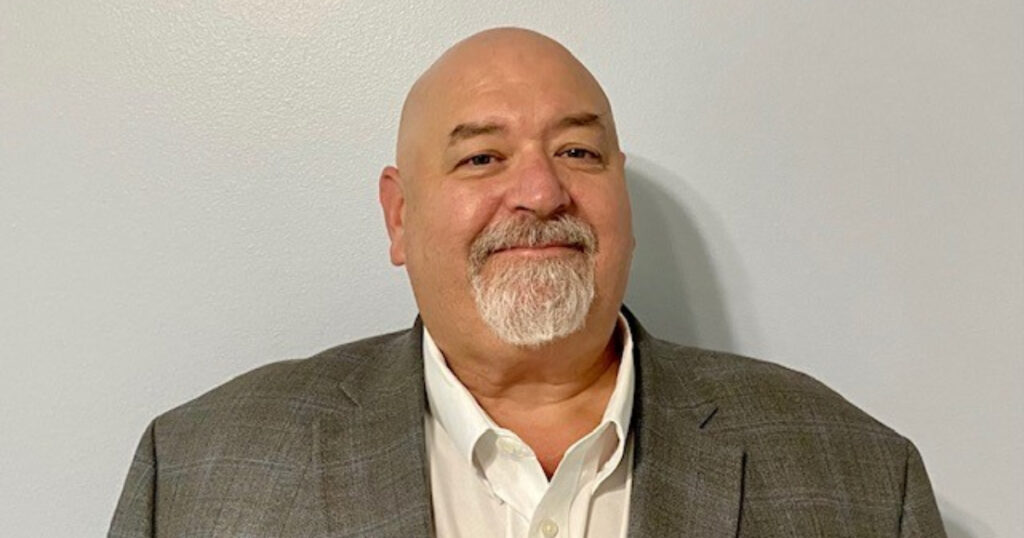
Steven Lazer, global healthcare and life sciences chief technology officer at Dell Technologies, sat down with MobiHealthNews during the 2023 HIMSS Global Health Conference & Exhibition to discuss how he takes intellectual property from Dell, as well as from other organizations, and brings it together with technology to create solutions for the healthcare and life sciences team.
MobiHealthNews: How does Dell work within digital health?
Steven Lazer: From a Dell Technologies perspective, we are the underlying infrastructure supporting digital health capabilities, whether we’re talking about it from a backend server perspective, storage perspective, networking perspective, communications perspective or endpoints … it’s all there together to bring that complete package. And working with our partners, learning their intellectual property on top of that, from a software ISV [independent software vendor] perspective or software partner perspective, that’s really what brings it all together.
MHN: What type of partners does Dell look for within the digital health space?
Lazer: We look at many different organizations.
Right now, you cannot have a conversation without mentioning the word AI in it or the letters AI. Everyone has an interest there, but it all runs on top of technology. Assuming it’s appropriate and something that we believe we should support from a technology perspective, how do we bring that to bear? How do we make sure that it runs properly on our equipment?
MHN: That’s really important, as providers don’t need more technology unless it actually works.
Lazer: They don’t need more technology unless it doesn’t bring them any more burden. And that to me is really key.
MHN: It seems like with AI in particular, it has a long way to go.
Lazer: AI, interesting conversation. AI is just getting started. It’s made some very splashy news of late, of course, with the generative large language models. Some of them have been positive, some of them have been negative and AI has a lot to offer. If it’s done properly, as well as implemented in developing trust within the clinician community, making sure that we’ve worked out any conversation around bias. And bias is a very, very difficult thing to eliminate.
You have your biases. I have my biases. It’s all based on our perception of the world around us, which is based upon how we grew up, where we grew up, who we’ve interacted with, how we’ve interacted. So producing bias-less AI is almost impossible. At the same time, how do we make sure that it has the least amount of bias possible in order to support the work function it’s given to do?
MHN: It seems like the way to do that is to get all of those different perspectives involved in its development.
Lazer: As many as possible … as early as possible.
MHN: How is Dell working with AI?
Lazer: From a technology-support perspective, we’ve been working with AI for years. Large language models have been around for years. They’re just coming of age and really coming to the point where they can be interactive and really start to have an impact in the world. There will be a couple of projects that we will unveil at Dell Technologies World in May starting on the 22nd. I believe it will show some of the capabilities of a large language model, combined with additional technologies to deliver some very, very unique things.
MHN: Is that healthcare related?
Lazer: It’s not been developed specifically healthcare-related, but it has a role in healthcare. Absolutely.

